
In pictures: Sana’a National Museum reopens after a decade
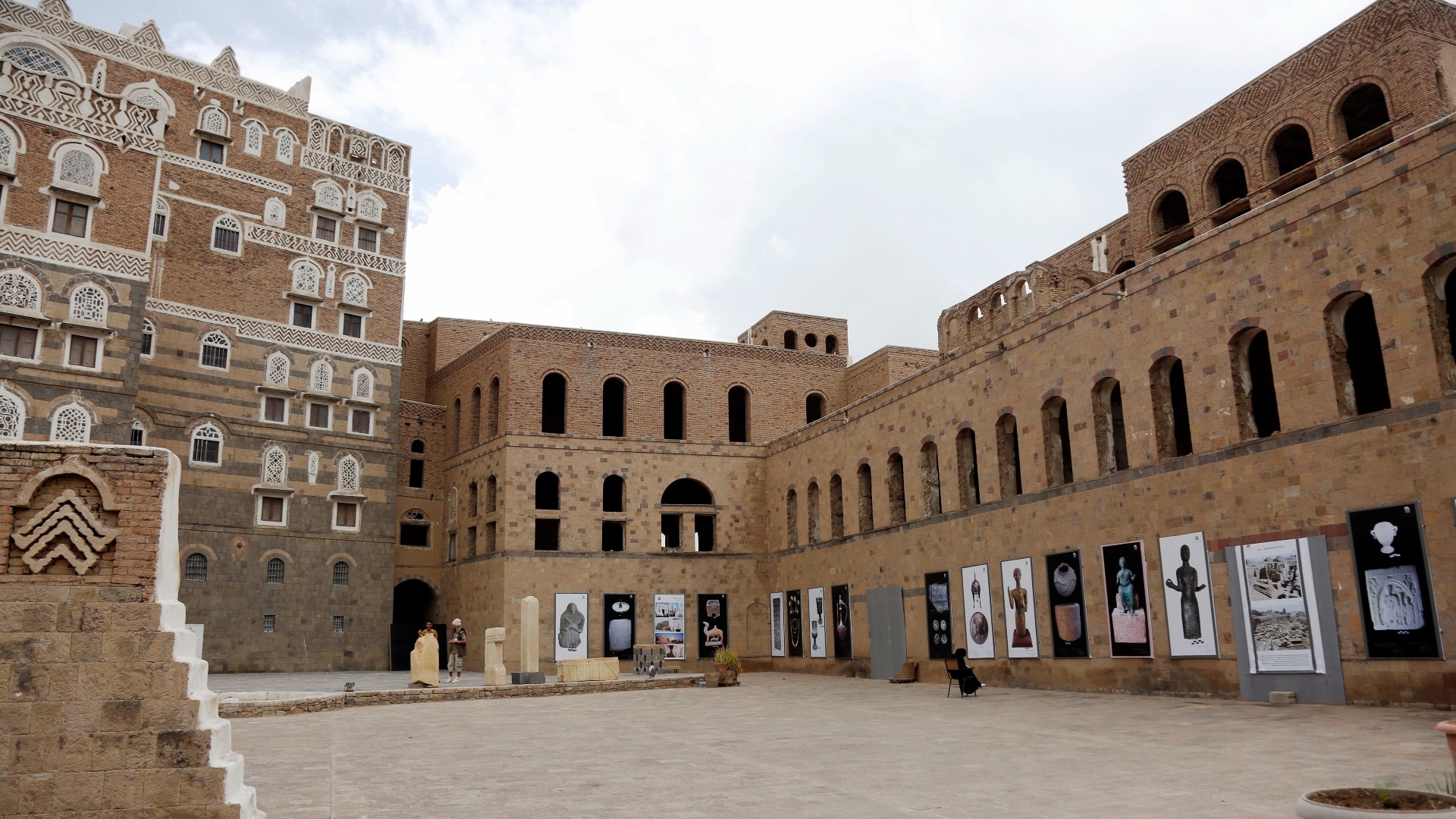
As the war in Yemen enters its eighth year, the country’s antiquities and many heritage sites have been neglected and partially destroyed. With over four million people displaced by the war, little focus has been placed on preserving historical artefacts, which have faced theft, looting, and in some cases, bulldozing. The tourism sector, which was already struggling prior to the war, has suffered even further. But on 18 May, World Museum Day, the National Museum of Sana'a reopened its doors again causing much excitement. The museum had previously been closed for ten years due to the war.
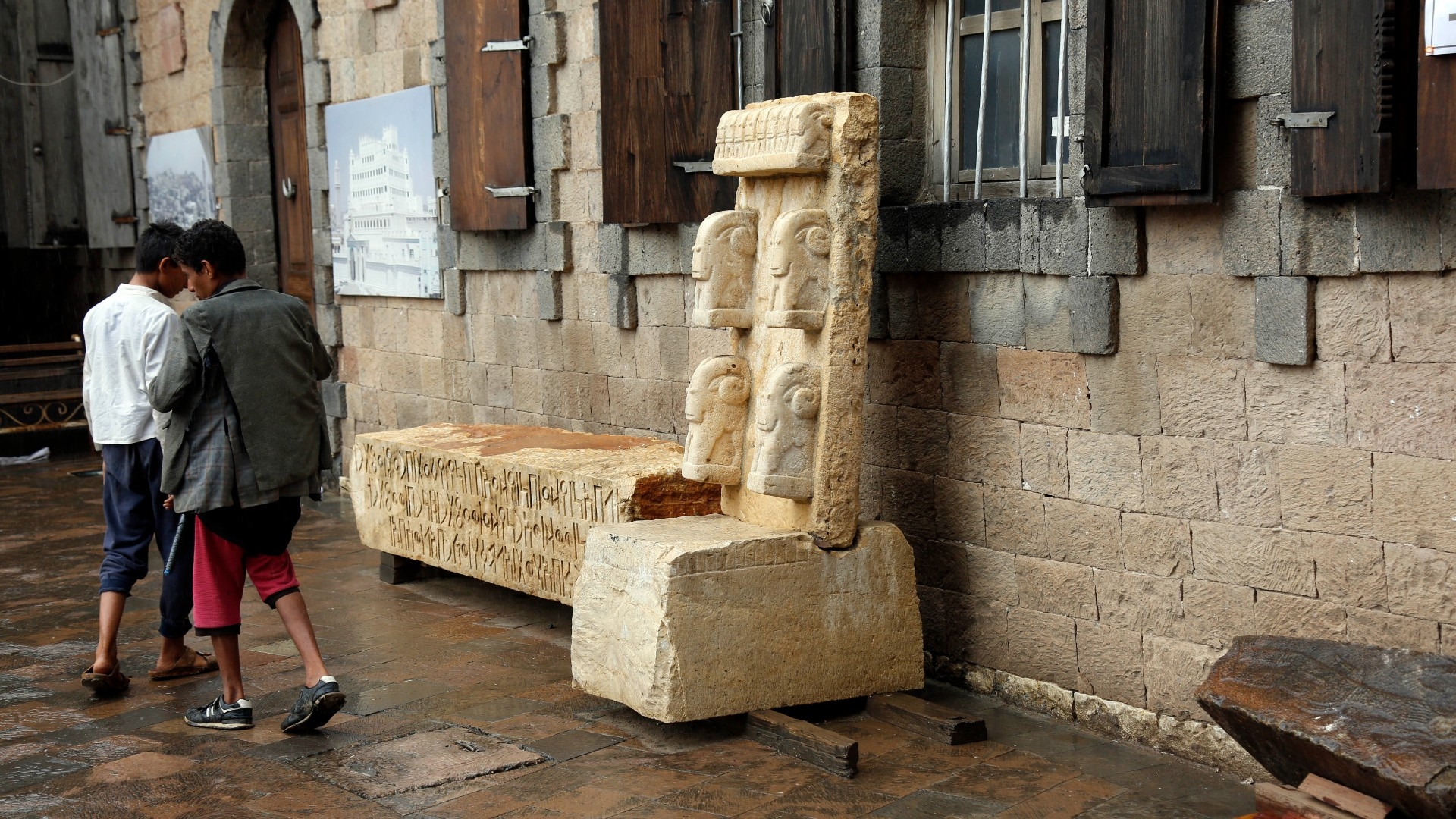
The museum was originally opened in 1971 and houses ancient artefacts, manuscripts, and figurines from various historical periods. The grand museum is one of the largest in the region and has four stories, each dedicated to particular artefacts, some of which are over 1,000 years old.

Locals from Sana'a visited the museum on the opening day alongside people from neighbouring cities. Since the museum opened, students from schools, university students specialising in history, and families have been visiting daily.
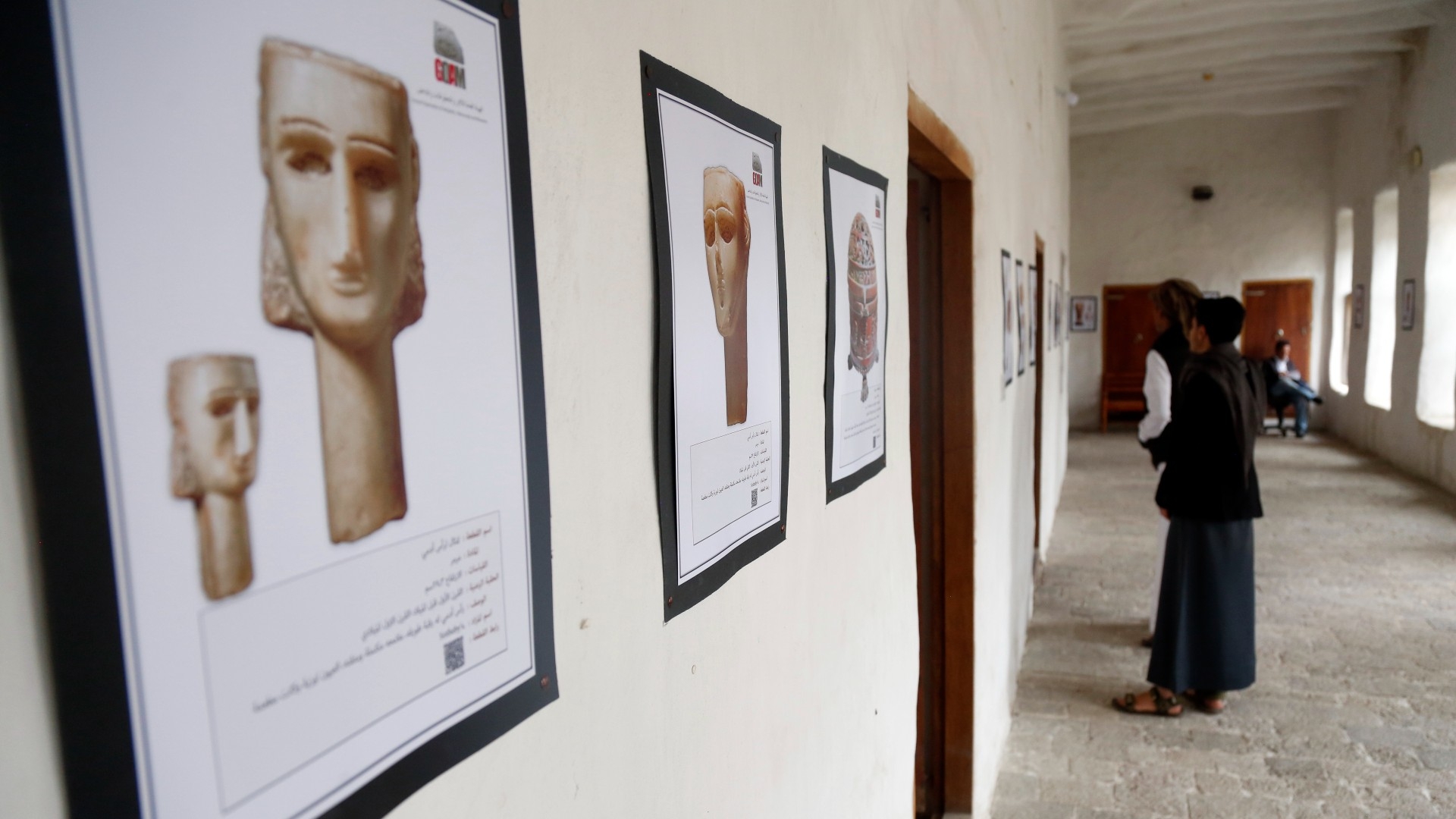
Three exhibitions were held for the opening. One of them included around 800 seized and recovered artefacts, the second exhibition contained artefacts from the Jawf province, and the third exhibition displayed photographs of artefacts that had been smuggled or stolen.
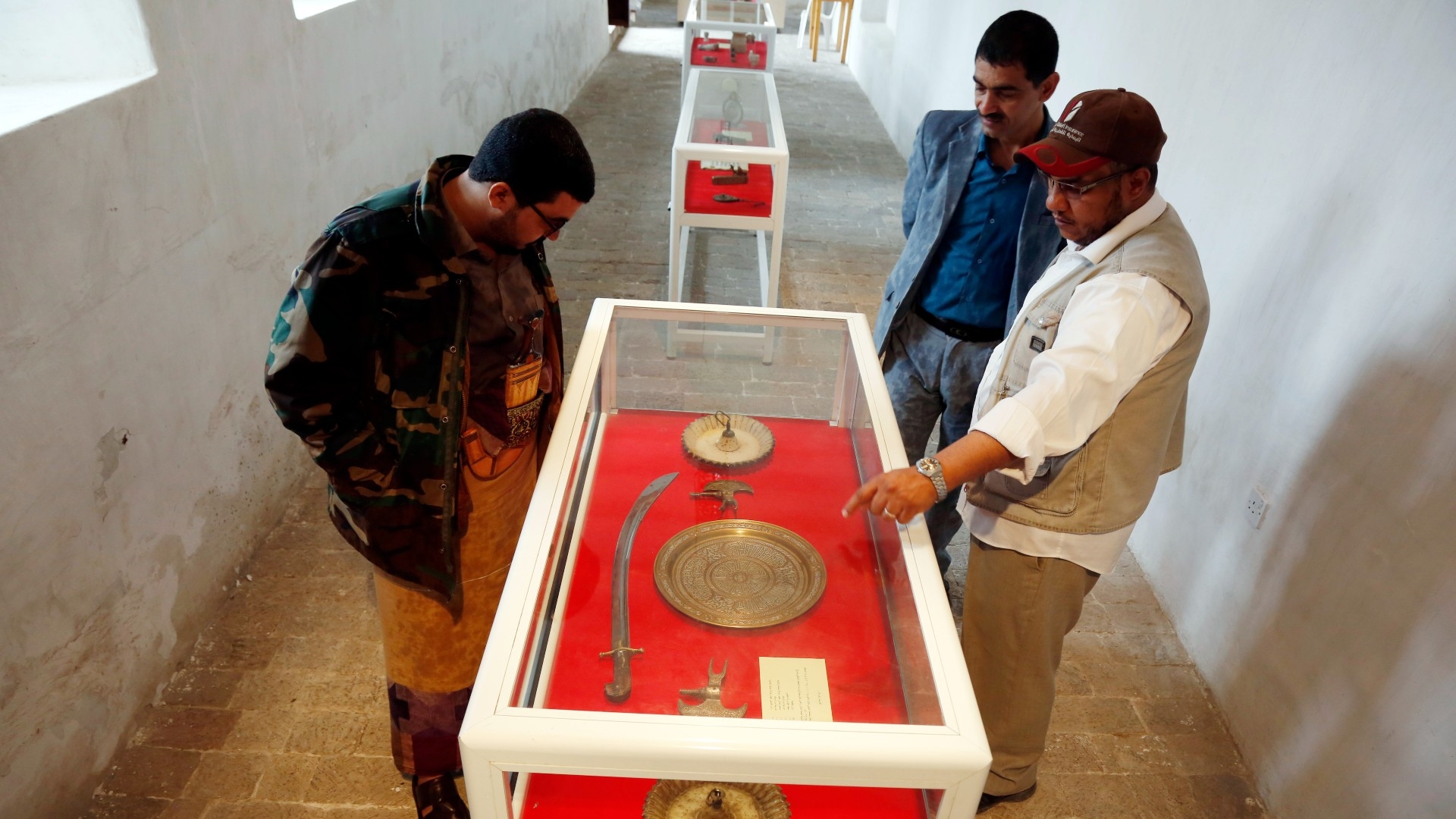
Here, visitors look at antiquities that were recovered by the police and the Authority of Antiquities between 2006 and 2023. The artefacts include copper plates, axes, and a sword. Unesco has previously raised concerns over the number of heritage sites and artefacts at risk in Yemen, particularly as many historic buildings have sustained collateral damage during the fighting. The old walled city of Shibam, the Old City of Sana'a, and the historic town of Zabid are all on the list of World Heritage in Danger.
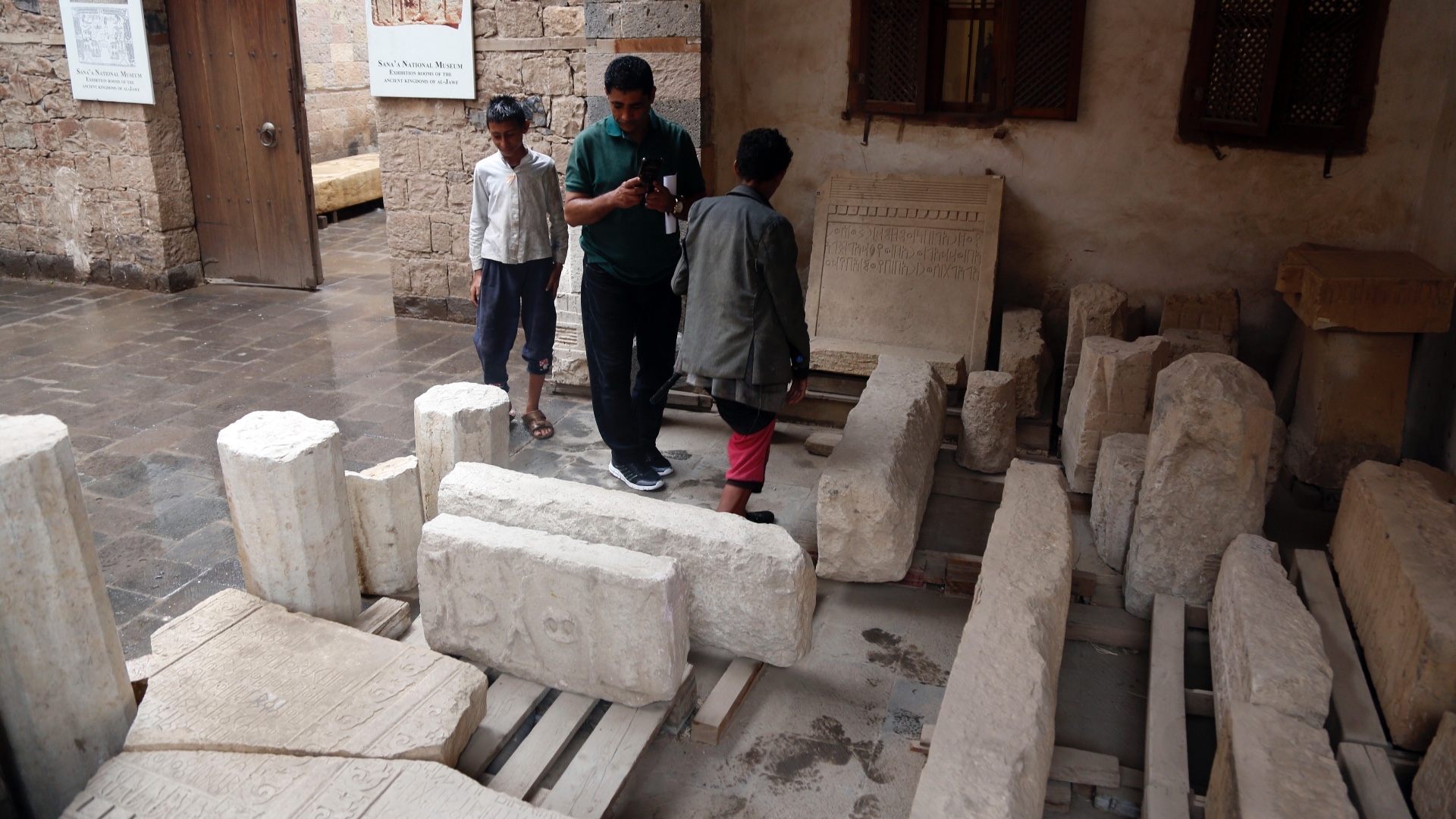
Inside the museum, carved pillars that were once part of temples are displayed. In previous years, artefacts that have surfaced in other countries have raised concerns, as critics have highlighted their similarity to looted artefacts from Yemen.
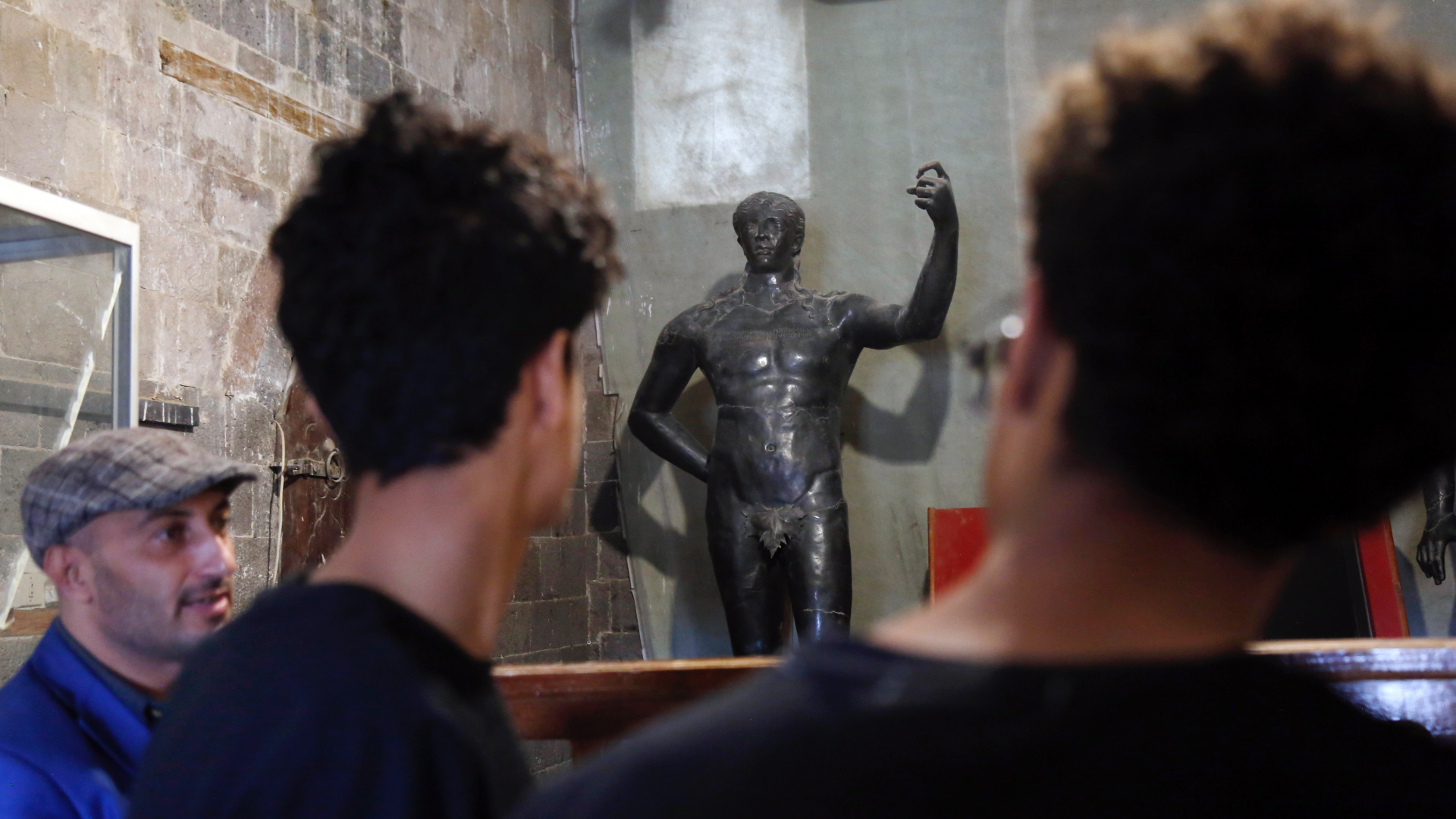
Visitors at the museum look at bronze statues of Dhammar Ali, one of the founders of the Himyarite Sabaean state, which was founded in 110 BCE. The museum holds tens of thousands of artefacts from different archaeological sites around Yemen.
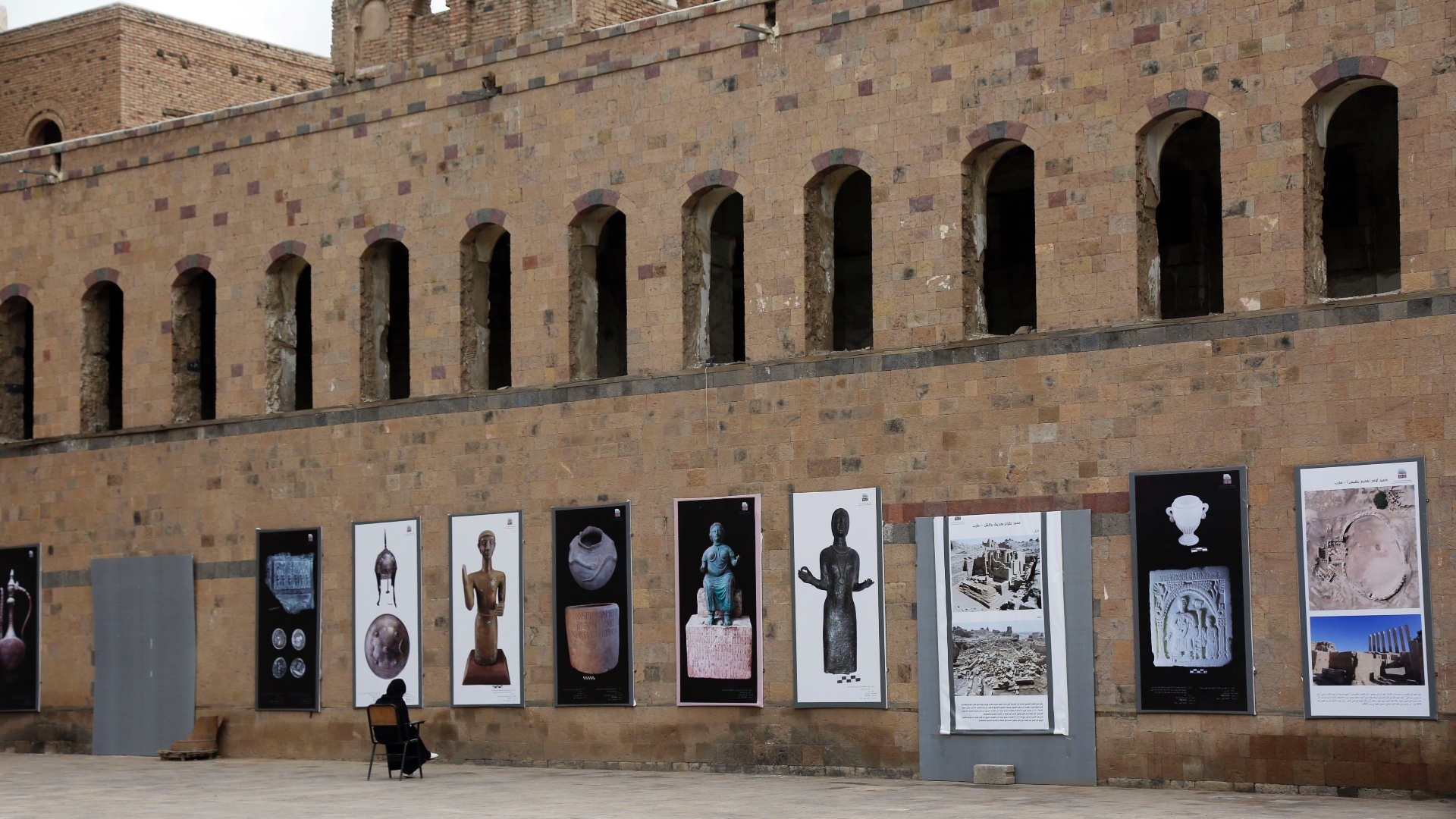
While there are no official figures on the number of stolen and looted antiquities, unofficial estimates suggest that over one million have been looted from various sites and are either scattered around the country or have been taken abroad.
Middle East Eye delivers independent and unrivalled coverage and analysis of the Middle East, North Africa and beyond. To learn more about republishing this content and the associated fees, please fill out this form. More about MEE can be found here.




